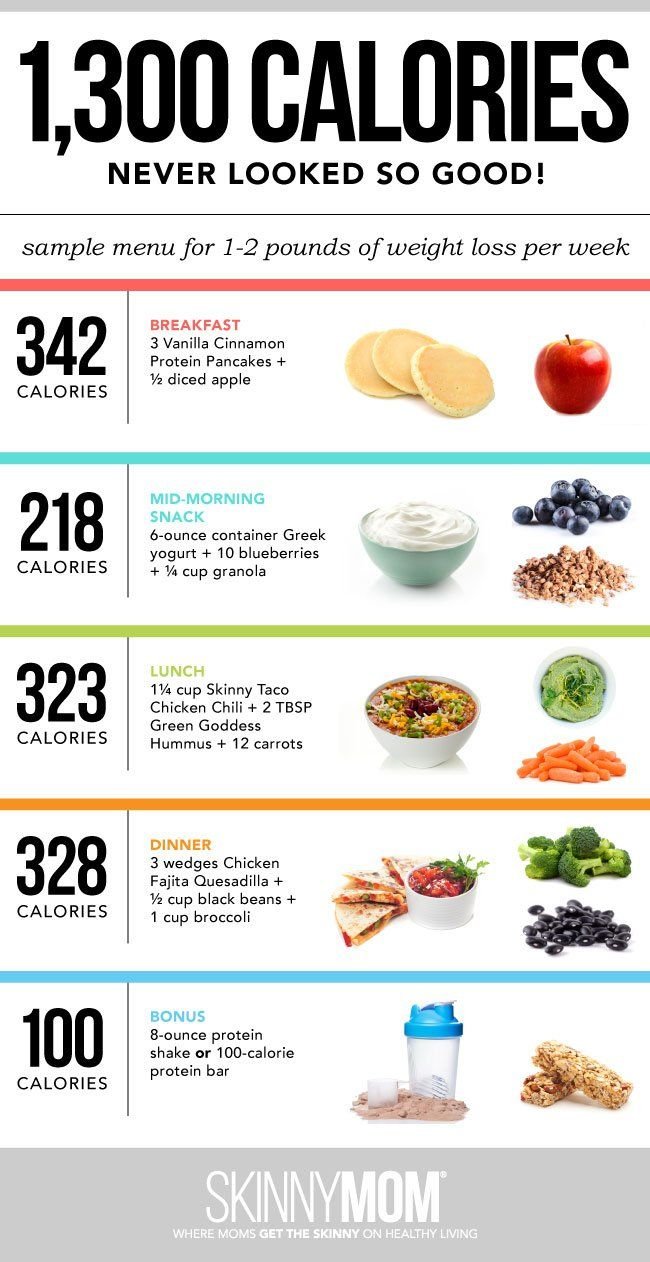Continued from How to Count Calories and Slim-Fast Diet Plan.
The Retro Diet: The Calorie Counting Diet. The passé: Nothing seemed more obvious than cutting calories to lose weight. Then came the realization that perhaps not all calories were created equal.
During the high-protein, low-carb frenzy, as devotees of the Atkins diet freely indulged in calorie-packed red meat, eggs, butter, and olive oil, the idea of measuring out a mere 110-calorie portion of Special K (much less consulting a dorky calorie-counter paperback) seemed hopelessly antiquated.
The present: Calorie-counting is getting renewed publicity these days, from both extreme dieters and longevity gurus who believe that severe restriction can extend your life (albeit, making it a joyless, cheesecake-free one).
This philosophy is outlined in the controversial book Beyond the 120-Year Diet: How to Double Your Vital Years by the late Roy Walford, a professor of pathology at UCLA School of Medicine.
More encouraging, scientists at the University of Florida’s Institute on Aging reported last year that it’s possible to reduce aging-related cell and organ damage in rats with a relatively modest 8 percent decrease in daily calories over a lifespan, the equivalent of one fewer bagel and one more brisk walk each day.
For the person who wants to lose weight for aesthetic reasons, calorie counting has become easier and more popular, thanks to websites such as NutritionData and the growing multitude of portion-controlled snacks helps, too.
In 2004, Nabisco introduced 100 Calorie Snack packs, which include wafer-like versions of Chips Ahoy and Oreo cookies; today, Balance Bars, Pringles, and Goldfish crackers all come in 100-calorie servings. When Gabrielle, a style editor at a magazine, started eating the Honey Maid Cinnamon Thin Crisps, she also started to reconsider her portions.
“It made me think, Wow, is this what 100 calories looks like? I would probably eat more if I had a bigger bag.” Without any effort other than replacing her usual afternoon snack of an endless bag of pretzels, she lost a few pounds.
Calorie counting isn’t an exact science, however. A 2006 study in Annals of Internal Medicine found that people underestimate the calories in large portions of restaurant food by up to 38 percent.
Expert take: Susan Bowerman, the assistant director at UCLA Center for Human Nutrition, is glad the pendulum is swinging away from counting carbohydrates toward calories again. “People started eating low-carb pasta and low-carb chocolate bars and wondered why they weren’t losing weight,” she says.
But even prepacked, portion-regulated snacks don’t work for everyone, says Stephen Gullo, a weight-loss specialist in New York City. “If you attack the entire box of packs, 100 calories becomes 1,000.”
Many of his clients eat crunchy, crispy snacks compulsively. “Lay’s was not incorrect when they said, ‘Bet you can’t eat just one.’”

